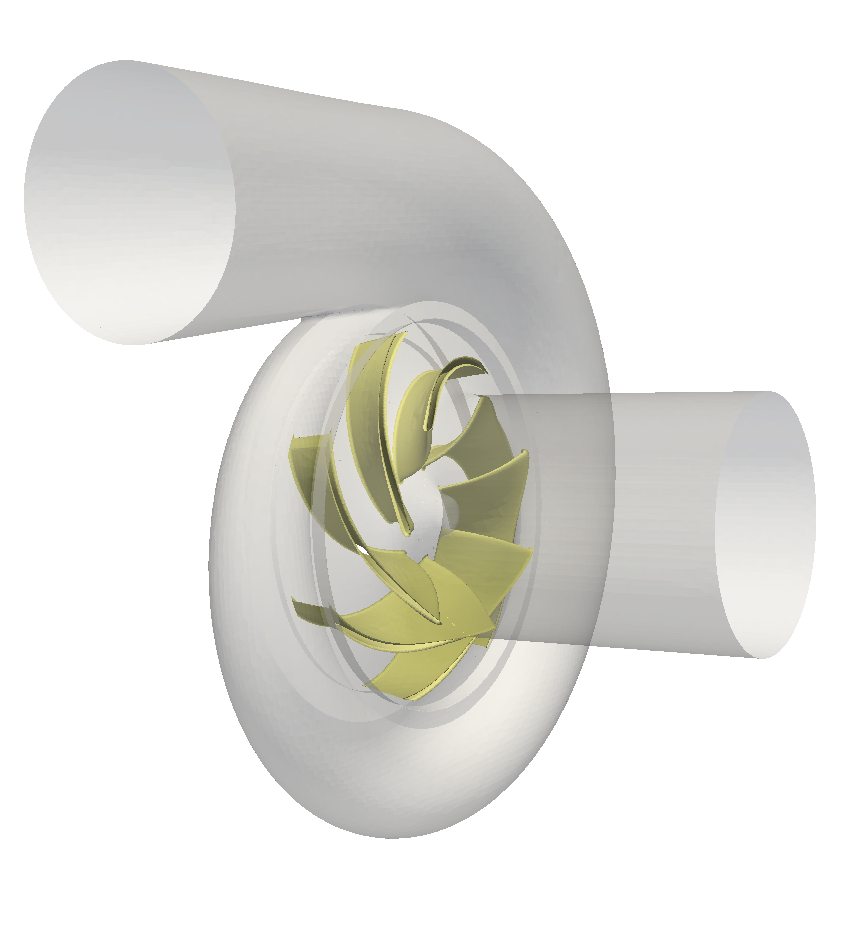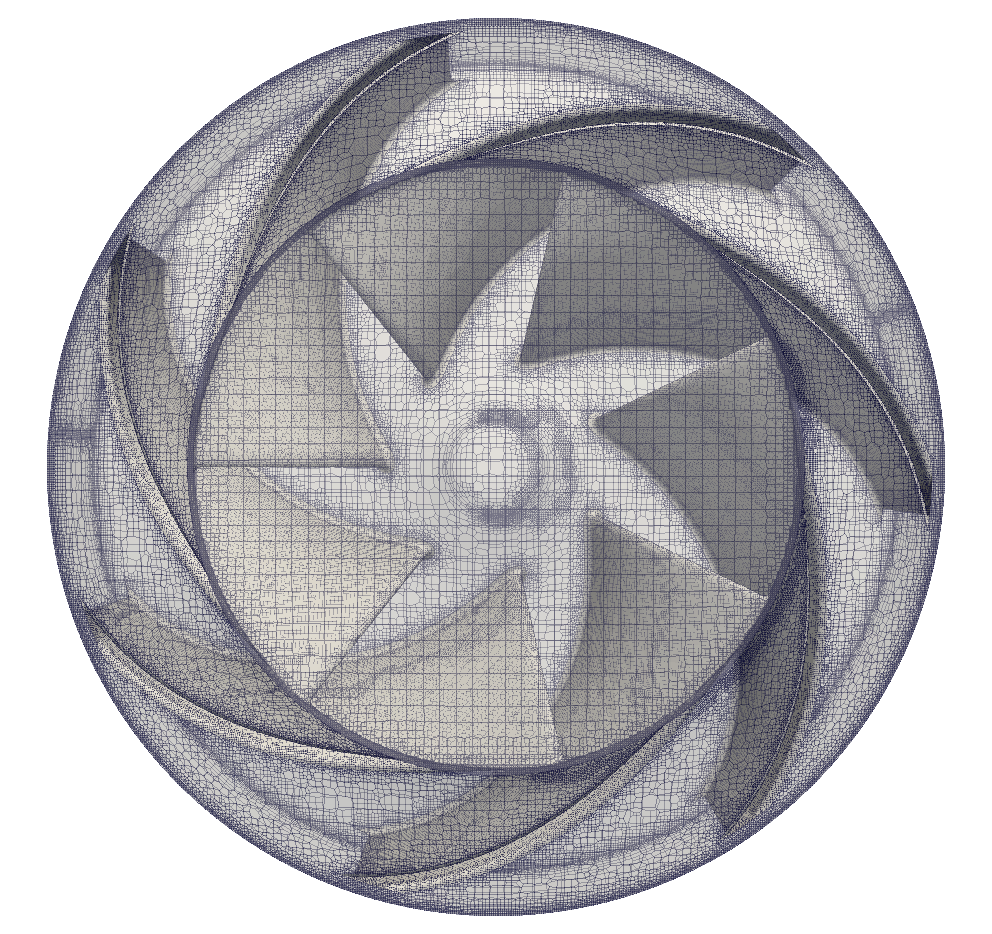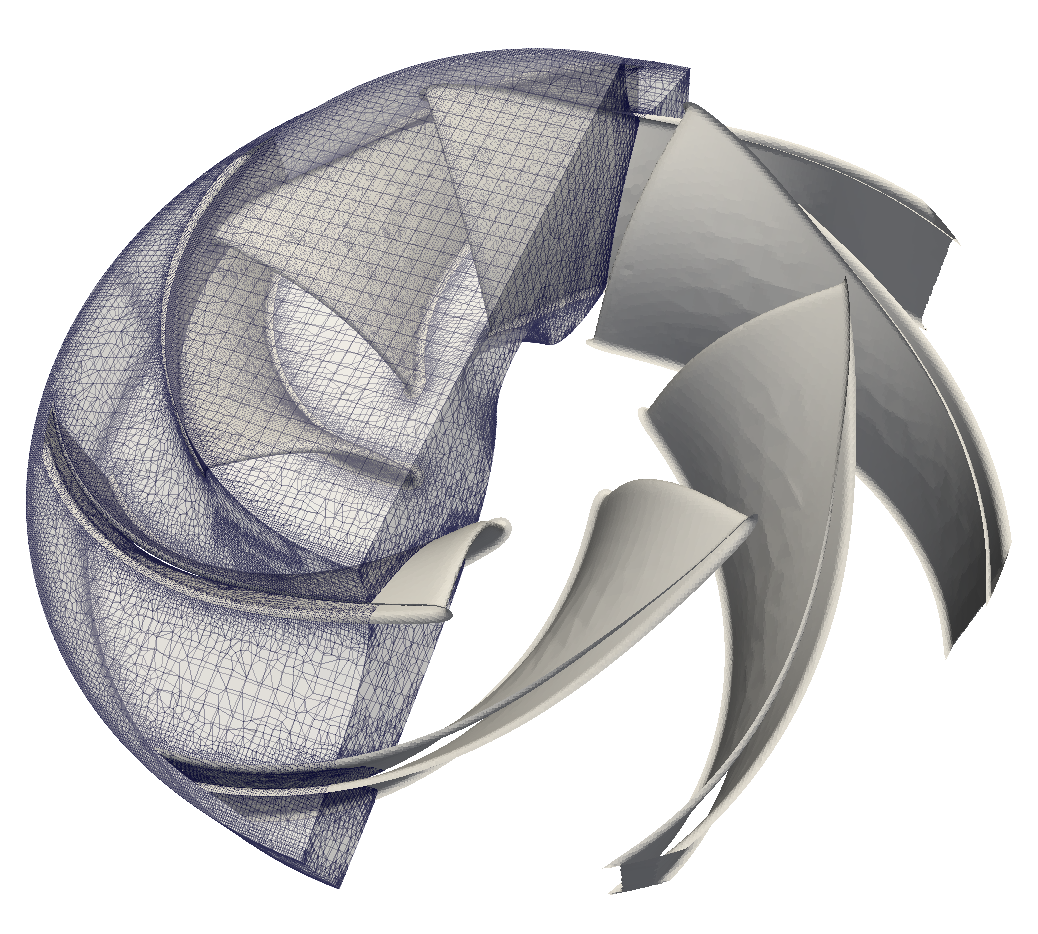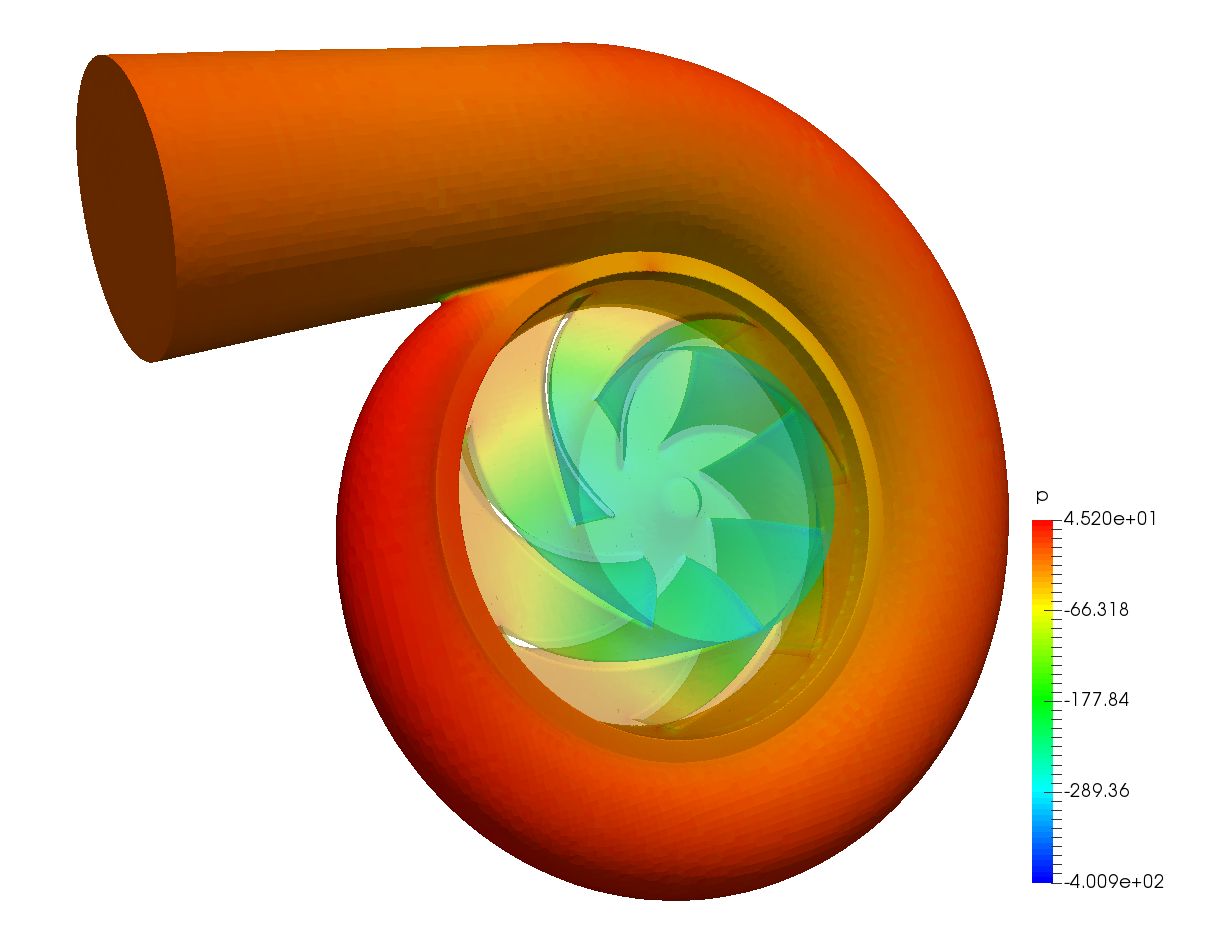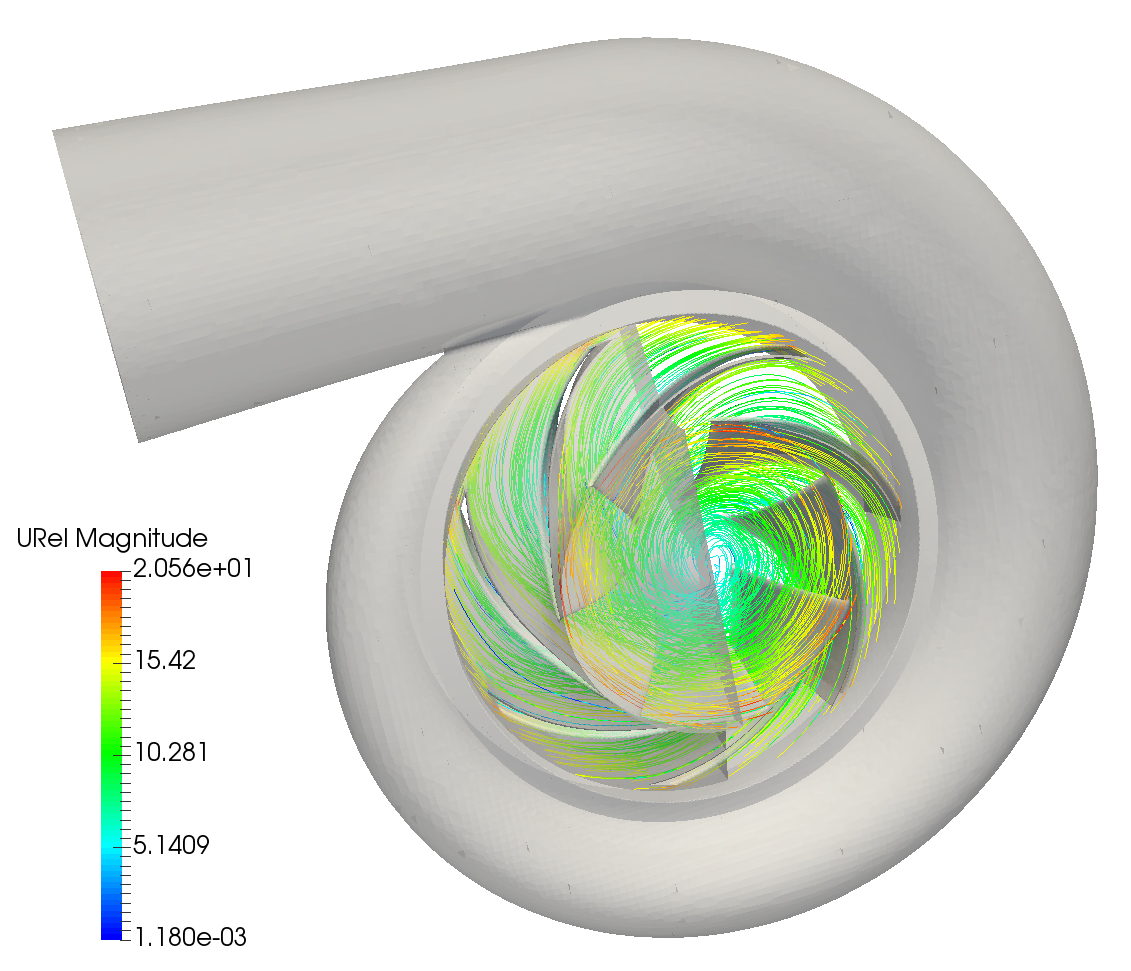Previous: About snappyHexMesh Up: Meshing with snappyHexMesh Next: Mesh generation process
This is an automatically generated documentation by LaTeX2HTML utility. In case of any issue, please, contact us at info@cfdsupport.com.
Tutorial case
- The tutorial case can be found in the materials inside the training/run/snappyTestCase directory.
- The directory contains a preset case for mesh generation of a simple geometry:
snappyTestCase Case directory  constant
constant polyMesh
polyMeshOpenFOAM mesh data  blockMeshDict
blockMeshDictDictionary for blockMesh utility  triSurface
triSurfaceDirectory including inputs for snappyHexMesh  C-fine.stl
C-fine.stl
 D-fine.stl
D-fine.stl Surface geometry files
Surface geometry files F-fine.stl
F-fine.stl
 system
system controlDict
controlDict
 fvSchemes
fvSchemes Compulsory files
Compulsory files fvSolution
fvSolution
 snappyHexMeshDict
snappyHexMeshDictSnappyHexMesh mesh parameters  surfaceFeatureExtractDict
surfaceFeatureExtractDictDictionary for generation of geometry edges  snappyEvolution.mp4
snappyEvolution.mp4All the intermediate steps visualization - Additional files and folders for meshing:
- triSurface directory holds the input geometry. SnappyHexMesh always looks into this directory.
- snappyHexMeshDict is a dictionary for snappyHexMesh inlucding all the mesh and algorithm parameters.
- surfaceFeatureExtractDict is a dictionary for surfaceFeatureExtract utility by which edges of input geometry can be generated.
- The input geometry for this case consists of three letter-shaped objects – C, F and D (see Figure
![[*]](http://www.cfdsupport.com/img/crossref.png) ).
).
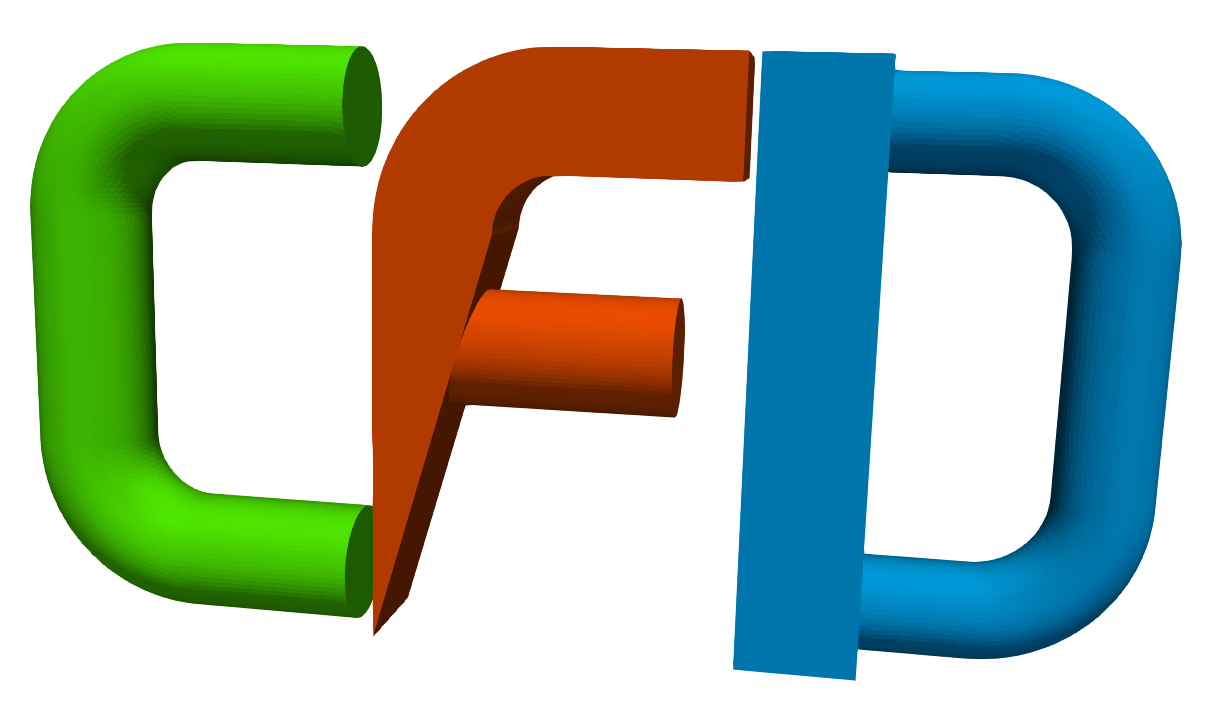
Figure: Input geometry, three letters – C.stl, F.stl and D.stl.
- This tutorial is explaining the most important parameters for generating a computational mesh.
Previous: About snappyHexMesh Up: Meshing with snappyHexMesh Next: Mesh generation process








![[*]](https://www.cfdsupport.com/wp-content/uploads/2022/02/crossref.png)
